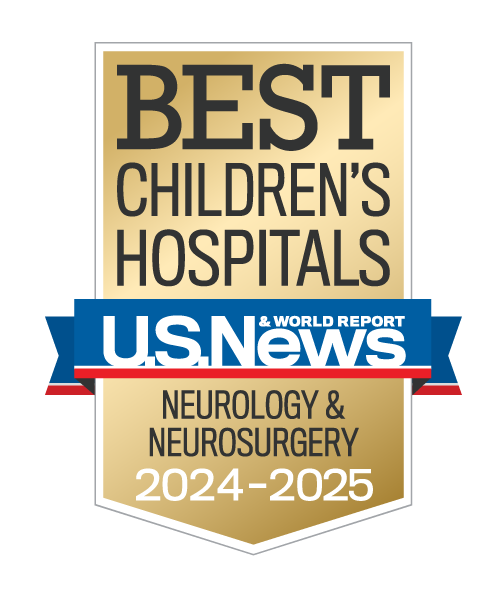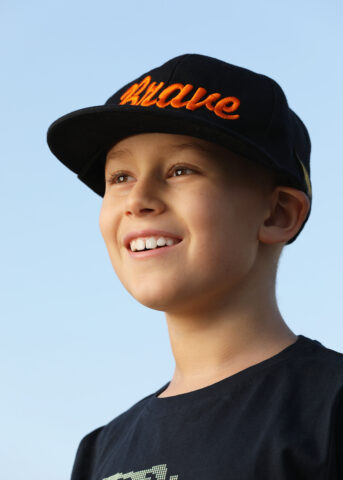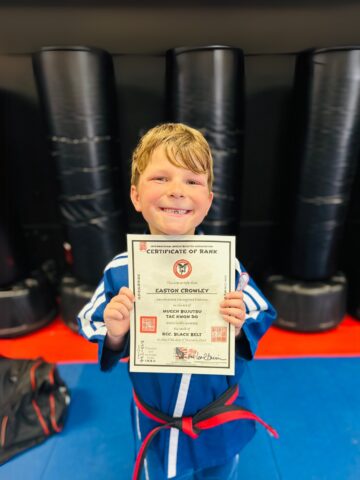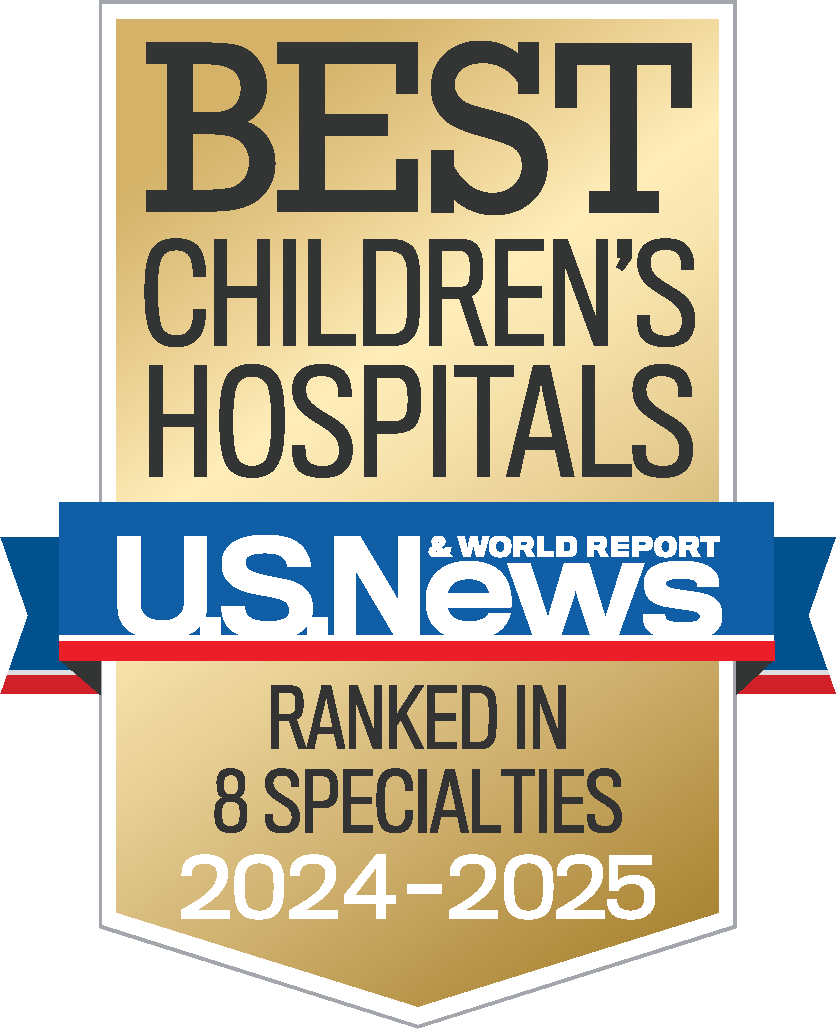At CHOC, we understand the challenges families face when a child experiences a seizure. Our Comprehensive Epilepsy Program is a national leader in pediatric epilepsy care, offering cutting-edge diagnostics, innovative medical approaches and advanced surgical interventions from the nation’s foremost epilepsy experts.
We also recognize the alarming number of epilepsy myths that can cause confusion for children, families and friends alike. We spoke to Dr. Mary Zupanc, a pediatric neurologist who specializes in the treatment of an epilepsy, and who serves as co-medical director of CHOC’s Neuroscience Institute, to combat the most common epilepsy myths.

Myth 1: Epilepsy is rare.
The truth: About 1% of the population has epilepsy — or more than three million people in the U.S. — but as many as one in five people will have a single seizure in their lifetime. Two or more unprovoked seizures is considered epilepsy. Provoked seizures are caused by a specific medical condition such as trauma, infection, abnormality in brain development, stroke or tumor.
Myth 2: Epilepsy is curable.
The truth: One of the most common questions I hear from parents is, “Is epilepsy curable?” and the answer is, it depends.
There are some epilepsy syndromes that go into remission in childhood, such as simple febrile seizures or childhood absence seizures. In some cases, seizures are the result of a genetic mutation that essentially “turns off” at the time of puberty.
Most of the remaining epilepsy syndromes can be controlled with appropriately-chosen antiepileptic medications, but this does not mean that the epilepsy is “cured.” In these cases, the child would still need medication to maintain seizure control.
Seizures that develop in adolescence will generally continue into adulthood and will not go into remission.
Approximately 60-70% of patients with epilepsy can have complete seizure control with the appropriate antiepileptic medication. The remaining 30-40% will continue to have intermittent seizures and should be in the care of a Level 3 or Level 4 epilepsy center, where specialists can further evaluate them for epilepsy surgery. CHOC is a Level 4 epilepsy center, meaning we offer all forms of epilepsy surgery using the very latest, safe procedures. Learn more about what makes epilepsy centers unique.
Myth 3: Epilepsy surgery is considered a last resort.
The truth: Epilepsy surgery is not a last resort. In fact, the results of epilepsy surgery are often excellent, and in many cases epilepsy surgery can eliminate seizures without causing further neurological injury. The process is complex to determine whether a child is a good candidate for epilepsy surgery, and parents are an important part of that discussion. Learn more about epilepsy surgery at CHOC.
Myth 4: If my child has epilepsy surgery, they will end up with a neurologic defect.
The truth: When epilepsy surgery is done in childhood, the brain still has a high level of plasticity, meaning it can essentially rewrite itself and adapt to change, sending certain functions elsewhere in the brain. The older a child gets, the level of plasticity in the brain decreases.
There are, of course, risks for any type of surgery. Questions related to risk and potential side effects should be an important part of an ongoing conversation with your child’s care team.
Myth 5: You shake or convulse when you have a seizure.
The truth: Another common question I get from parents is, “What does a seizure feel like?” The truth is, seizures are often not what they look like on TV. Seizures do not always cause “convulsions” or shaking. They can be characterized by staring and not responding. They can also begin with a funny smell or feeling of doom or dread followed by nausea and staring. Other seizures can begin with a mood change, sudden agitation, unexpected quietness, subtle change of awareness, or repetitive activities including hand movements or lip smacking or puckering.
Myth 6: I will remember my seizure.
The truth: Most people don’t remember their seizures. A small percentage of people will not experience alteration of consciousness and they might remember some of their seizure. However, most people who experience seizures will not remember their seizure and the several minutes that follow the seizure.
Myth 7: My seizure will hurt.
The truth: Parents often wonder if their child’s seizure causes them physical pain. When a child wakes up from the seizure, they may have a headache. If they have bitten their tongue during the seizure, their mouth may hurt. Sometimes children lose control of their bladder or bowel during a seizure, causing embarrassment after a seizure.
Myth 8: If you see someone having a seizure, hold them down and put something in their mouth so they don’t bite their tongue.
The truth: The jaw is full of very strong muscles. Never put anything in the mouth of someone who is having a seizure. They could bite down and break the object, causing pieces of it to go back into their airway.
Do not restrain someone having a seizure. You can, however, move objects away from them so that they don’t hurt themselves. Try to get them on their side if possible because people with epilepsy often have difficulty managing their secretions following a seizure. If they feel nauseated after a seizure, they could vomit, which can result in aspiration into their lungs.
Myth 9: Call 911 after every seizure.
The truth: If the seizure is unusual or prolonged, call 911. If your child has been diagnosed with epilepsy and you are under the care of a pediatric neurologist, follow the seizure action plan that your physician has given you.
Myth 10: Epilepsy is contagious.
The truth: Epilepsy is not an infectious disease, so it is not contagious.
Myth 11: Seizures are fatal.
The truth: It’s terrifying to watch an adult or child have a seizure. They will turn blue or experience hypoventilation (breathing at an extremely slow rate), but if you turn them on their side to avoid aspirating, they will be fine. If a seizure lasts longer than five minutes, it is unlikely to stop on its own. This is typically when 911 is called or the parents or care provider should administer rectal diazepam, a prescription medication designed to stop seizures.
Learn more about sudden unexpected death in epilepsy.
Myth 12: Tics and epilepsy are the same thing.
The truth: Tics are random, stereotyped movements. They are never associated with an altered level of consciousness. They do not occur during sleep or as someone is waking up, which are symptoms associated with epileptic seizures. Here’s what parents should know about children and tics.
Myth 13: Having a seizure means someone is possessed by evil spirits.
The truth: Seizures can be caused by a number of genetic or environmental factors. For most people with epilepsy, an underlying cause is identified. Sometimes, despite the best efforts of the physician and modern medicine, an underlying cause can’t be found. It’s important to remember that epilepsy is a very common condition, affecting more than three million people in the U.S.
Myth 14: All people with epilepsy have cognitive disabilities
The truth: Most people living with epilepsy are cognitively normal. Sometimes people who observe a complex partial seizure― which involves an altered state of consciousness and may include rhythmic jerking, drooling, vomiting or involuntary movements ―may be misconstrued as a psychiatric illness. Epilepsy is not a psychiatric illness. It is a biological condition that causes increased stimulation in the brain.
Get more expert health advice delivered to your inbox monthly by subscribing to the KidsHealth newsletter here.

Learn more about CHOC’s Neuroscience Institute
CHOC Hospital was named one of the nation’s best children’s hospitals by U.S. News & World Report in its 2024-25 Best Children’s Hospitals rankings and ranked in the neurology and neuroscience specialties.





